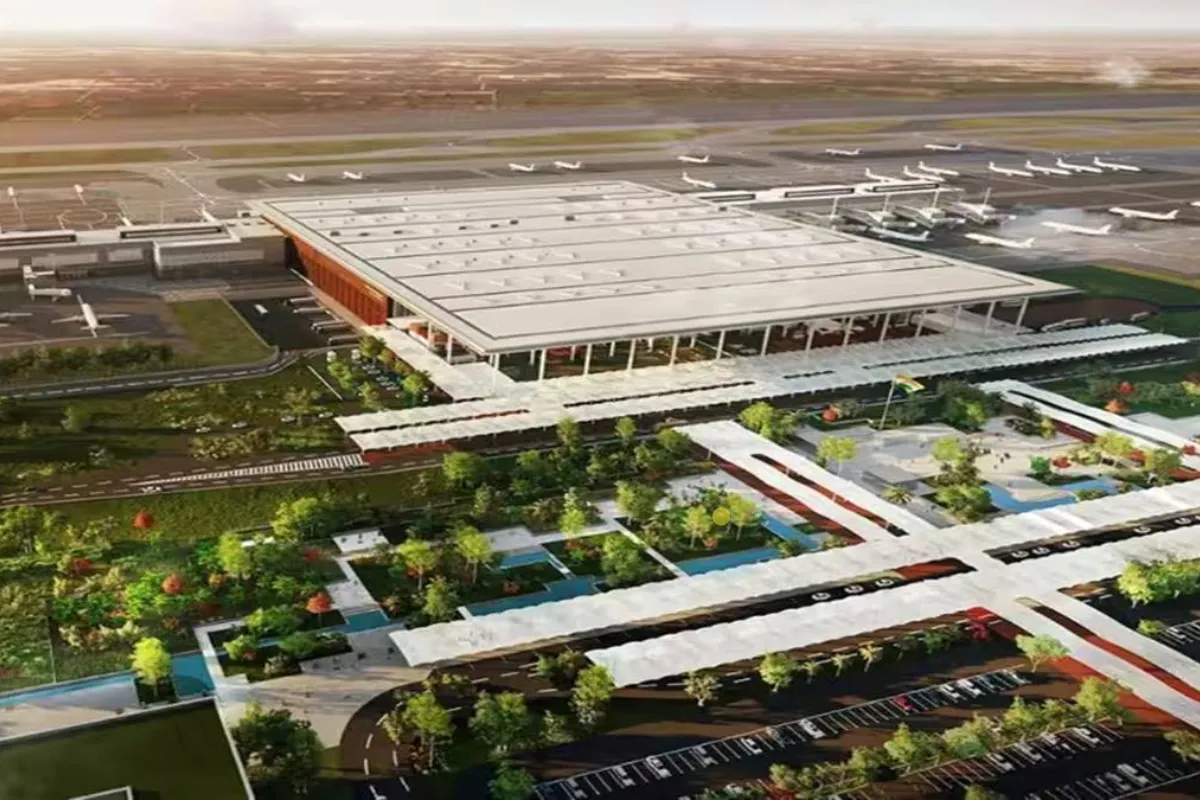Noida News: The region is buzzing with excitement as the much-anticipated Noida International Airport, also referred to as Jewar airport, gets closer to its October opening and the revolutionary changes it is expected to bring about. When completed, the Noida airport would be the biggest airport in India and the third airport in the National Capital Region (NCR), behind the Delhi airport and the Hindon airbase in Ghaziabad.
Expressway and Road Network
Alongside the airport’s expansion comes a major infrastructure feature: a 31-kilometer greenfield expressway. Travellers will be able to move quickly and efficiently thanks to this expressway, which will connect the airport to the Delhi-Mumbai expressway in Ballabhgarh.
Furthermore, the National Highway Authority of India (NHAI) is leading the development of a dedicated eight-lane, 750-meter route that will connect the expressway to the airport directly. The Yamuna expressway Industrial Development Authority (YEIDA) is in charge of this project, and it is anticipated to be fully operational by August 15 after being partially operational by June 15.
Enhanced Connectivity Initiatives
Three more airport connection projects have been given to the NHAI in an effort to improve connectivity even more. Construction is in underway on an 8.2-kilometer road that will run east and north of the airport; completion is anticipated in eight months. By connecting the airport’s cargo terminal to the Yamuna Motorway, this route will be essential in simplifying logistical operations.
Furthermore, plans are underway to construct a special VIP access road that will grant VIPs exclusive access and function as a backup route from the Yamuna expressway to the Noida Airport in case of emergency.
Future-Ready Transportation Solutions
Plans are being developed to boost future transport infrastructure via the use of cutting-edge approaches. The Detailed Project Report (DPR) for the Rapid Rail-Metro Rail has been approved and is awaiting government financing. At the same time, feasibility studies for innovative modes of transportation, such as monorails and pod taxis, are being conducted; these studies might take up to two years to complete.












